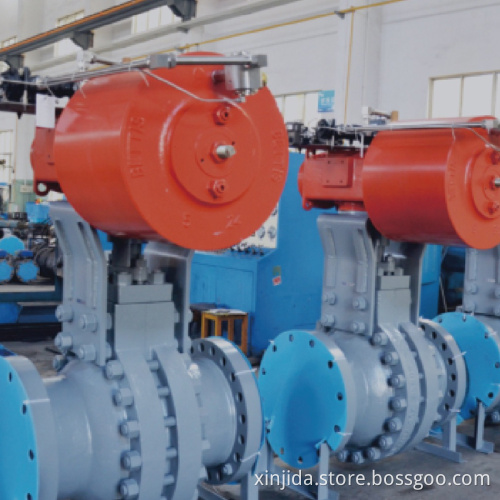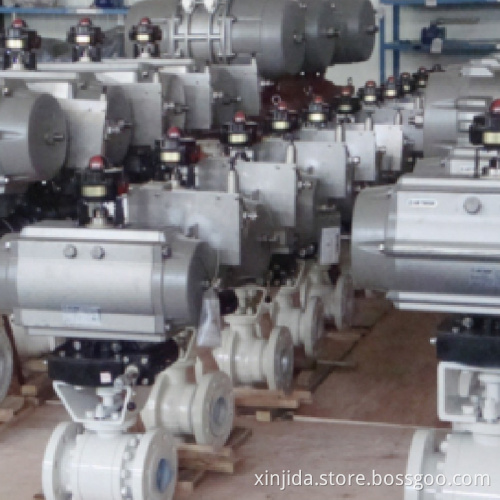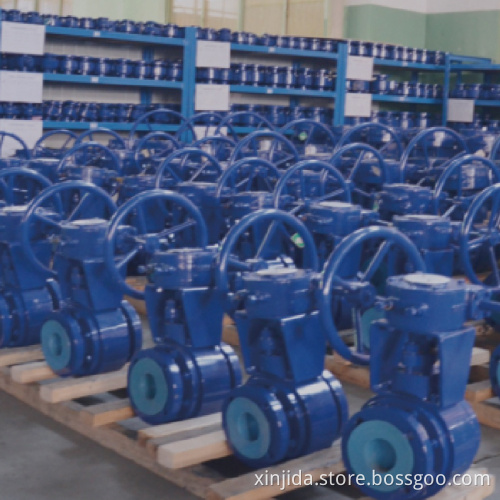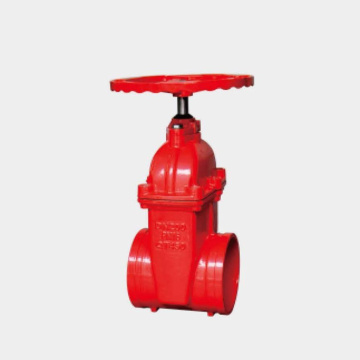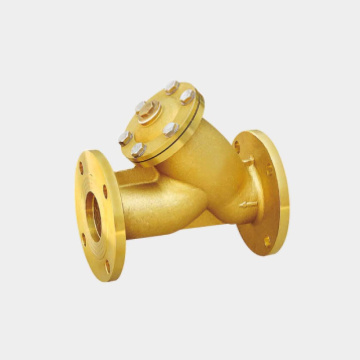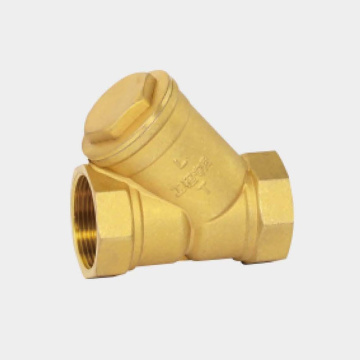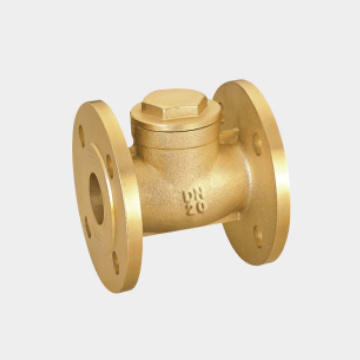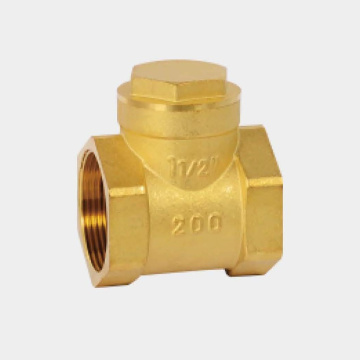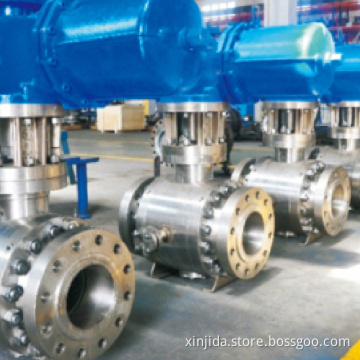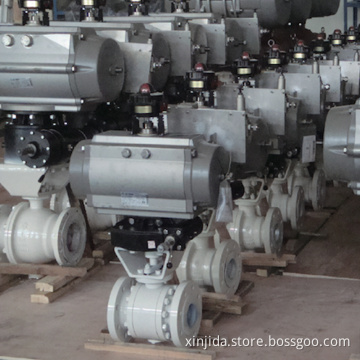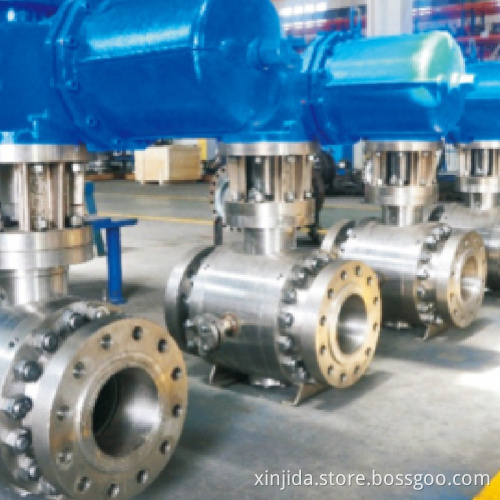
Elastic seat sealing wear-resistant ball valve
- Transportation:
- Ocean, Land
- Port:
- chongqing
Quantity:
Your message must be between 20 to 2000 characters
Contact NowBasic Info
Basic Info
| Place of Origin: | China |
|---|---|
| Productivity: | 5000 Piece/Pieces per Month |
| Supply Ability: | 5000 Piece/Pieces per Month |
| Payment Type: | T/T |
| Incoterm: | FOB |
| Transportation: | Ocean,Land |
| Port: | chongqing |
Product Description
Product Description
The design and manufacturing of valves shall be in accordance with the provisions of API 608 and ASME B16.34
The structural length of the valve shall be in accordance with ASME B16.10
The end face connection size of the valve shall comply with the provisions of ASME B16.5
Compared with traditional ball valves, wear-resistant ball valve use materials such as iron wear and PTFE for wear-resistant processing, making their surface smoother and able to withstand higher flow rates. At the same time, their valve body is thicker than traditional ball valves, which can better withstand high-pressure environments and enhance their durability.
Wear resistant ball valves are mainly divided into two types: elastic seat seals and metal seat seals. Elastic seat seal wear-resistant ball valve is composed of a piece of iron worn blade, elastic seat seal, valve stem, valve and other components. It uses iron wear resistant materials, which have strong corrosion resistance and wear resistance. Metal seat sealed wear-resistant ball valve are made of special alloys, which have higher wear resistance and corrosion resistance, are also more stable, and are more suitable for use in high-temperature and high-pressure environments.
Compared to other types of valves, the advantage of wear-resistant ball valves is that they are more sturdy and durable. It can adjust the closing and opening states of valves based on the different flow rates and flow directions of different media, thereby controlling the flow of fluids. Its sealing performance is also very good, which can prevent fluid leakage and ensure that the valve works effectively in different working environments.
The structural length of the valve shall be in accordance with ASME B16.10
The end face connection size of the valve shall comply with the provisions of ASME B16.5
The inspection and testing of valves shall be in accordance with the provisions of API 598
Compared with traditional ball valves, wear-resistant ball valve use materials such as iron wear and PTFE for wear-resistant processing, making their surface smoother and able to withstand higher flow rates. At the same time, their valve body is thicker than traditional ball valves, which can better withstand high-pressure environments and enhance their durability.
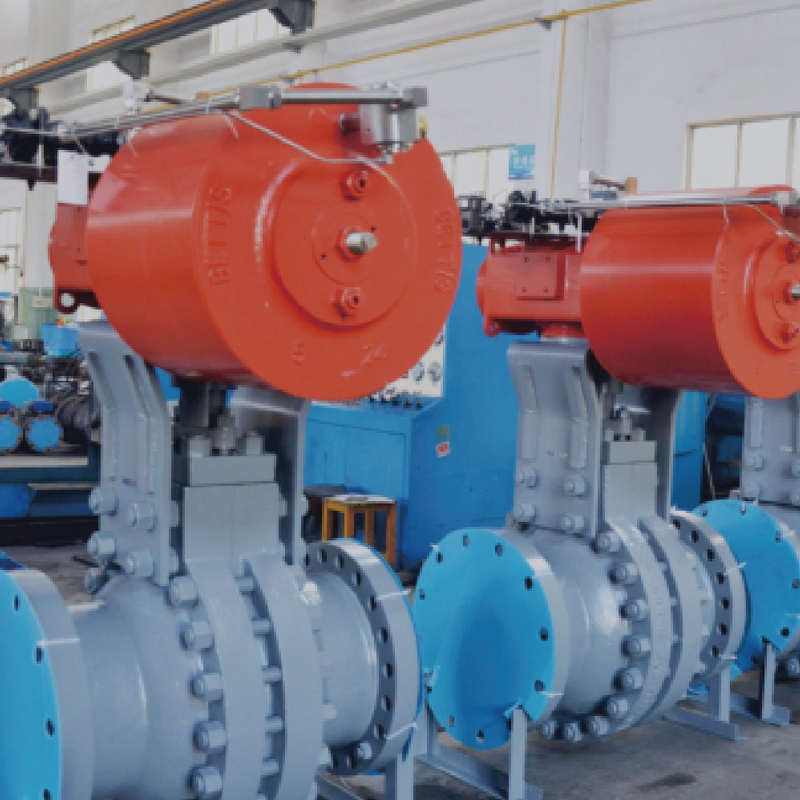
Wear resistant ball valves are mainly divided into two types: elastic seat seals and metal seat seals. Elastic seat seal wear-resistant ball valve is composed of a piece of iron worn blade, elastic seat seal, valve stem, valve and other components. It uses iron wear resistant materials, which have strong corrosion resistance and wear resistance. Metal seat sealed wear-resistant ball valve are made of special alloys, which have higher wear resistance and corrosion resistance, are also more stable, and are more suitable for use in high-temperature and high-pressure environments.
Compared to other types of valves, the advantage of wear-resistant ball valves is that they are more sturdy and durable. It can adjust the closing and opening states of valves based on the different flow rates and flow directions of different media, thereby controlling the flow of fluids. Its sealing performance is also very good, which can prevent fluid leakage and ensure that the valve works effectively in different working environments.
Related Keywords
Related Keywords


